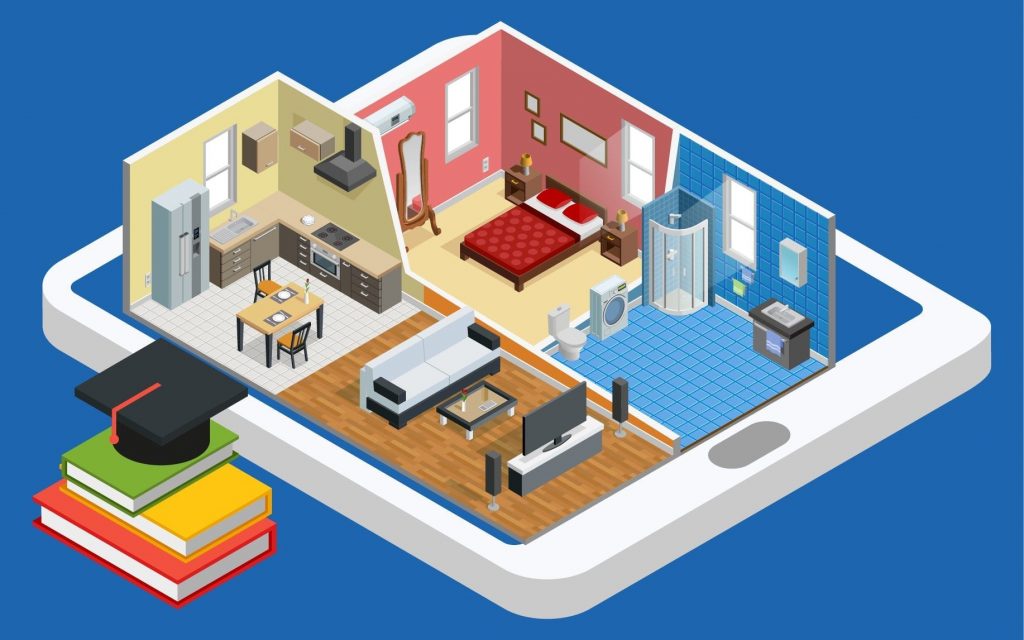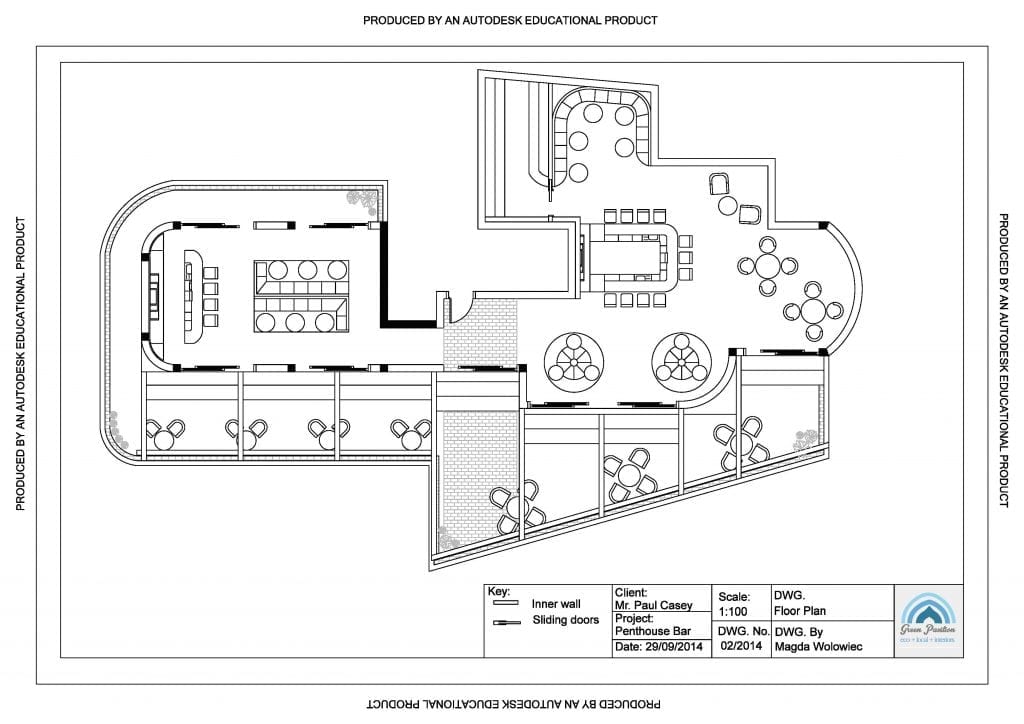Optimizing Visual Allure: The Synergy Between Interior Design and Home Designer Methods
Comprehending the subtle interaction in between interior decoration and home design can considerably elevate the visual charm of a home. This marital relationship of design techniques entails a thoughtful integration of architectural aspects with indoor designs, and a competent application of concepts such as rhythm, contrast, and equilibrium. As we discover this harmony, we will discover ways to develop useful and visually striking settings that not only reflect individual style, however also adjust to the dynamic demands of contemporary living.
Comprehending the Fundamentals: Specifying Interior Design and Home Design
Interior style and home style, commonly intertwined, stand for the architectural and aesthetic facets of our living areas. Interior Design is a multifaceted self-control that entails producing functional, risk-free, and cosmetically pleasing spaces inside a building. It consists of elements such as furniture setup, shade coordination, and accessory choice. On the other hand, home design largely concentrates on the solid structure of a structure. It involves producing a practical and cosmetically pleasing structure that stands the test of time. It incorporates elements such as area sustainability, building, and preparation. Both areas call for a deep understanding of human actions, society, and psychology. Each plays an important function fit our living atmospheres, adding to our overall convenience, efficiency, and well-being.
The Synergy Explained: Just How Interior Decoration and Home Architecture Intersect
Recognizing the harmony in between interior decoration and home architecture can unlock a globe of creative thinking and functionality. The impact of design on interiors is a critical element to take into consideration when reviewing this intersection - Luxury home architect. This discussion will focus on the unifying design concepts that blend these two areas right into an unified whole
Unifying Style Concepts
While it might seem that indoor style and home style are two distinctive techniques, they are in fact deeply interconnected, developing a synergy that is essential for developing harmonious living spaces. Unifying layout principles are the columns that facilitate this synergy. The principles consist of balance, rhythm, focus, contrast, and consistency. These elements integrate to provide a cohesive aesthetic allure. Balance develops a sense of stability, rhythm gives a sense of movement, harmony makes certain unity, contrast stimulates passion, and focus accentuates crucial elements. The calculated application of these principles makes it possible for a smooth blend of aesthetics and function, improving the overall experience of the area. Essentially, these concepts function as the bridge, unifying indoor layout and building methods.
Architectural Impact on Interiors
The intertwining of indoor style and style comes to be much more evident when one takes into consideration the building impact on insides. Architectural aspects are inherent to a room's functionality and looks, forming the style from the beginning. Columns, stairs, arcs or light beams, for instance, serve both attractive and architectural objectives. They can divide rooms, produce centerpieces or imbue a room with a details ambiance. Factor to consider of proportion, texture, and light also originate from architectural impacts. Eventually, design molds the canvas whereupon interior developers work. Their synergy is hence obvious: architecture develops the structure, which interior decoration enhances with color, style, and structure. This symbiotic relationship ensures a harmonious equilibrium between feature and beauty, enhancing the visual appeal of any type of area.
Key Principles in Balancing Interior Design and Home Architecture
Striking a balance between functionality and appearance is a basic element of balancing indoor style and home design. A similarly vital principle is the integration of lasting layout to develop environmentally friendly and energy-efficient homes. Understanding and discovering numerous building styles can additionally play an important duty in accomplishing an unified layout. Luxury home architect.

Stabilizing Functionality and Appearance
Stabilizing performance and aesthetic appeals in interior layout and home architecture arises as one of the vital principles to consider. Looks boosts the mood and influences the understanding of space, whereas functionality ensures use and comfort. Equally vital is the effective arrangement of the area, with a well-planned layout contributing considerably to the harmony between functionality and aesthetic appeals.
Sustainable Layout Combination
In keeping the stability between functionality and looks, one have to additionally take redirected here into consideration the assimilation of lasting design principles. This technique not only enhances the visual allure of a space yet additionally guarantees its durability and decreased ecological influence. A harmonious fusion of interior layout and home design, directed by sustainability, can produce areas that are lovely, practical, and environmentally friendly.
Discovering Building Styles
While there are a huge selection of architectural styles to discover, it is necessary to recognize that every one carries its unique concepts that can substantially influence the harmonization of interior design and home style. These styles, varying from the ornate Baroque to the minimal Modernist, lug unique approaches and aesthetic appeals that, when effectively recognized and used, can create homes that are not only visually sensational yet likewise sympathetically incorporated in regards to style and design. Selecting an architectural style is not merely concerning individual aesthetic choice; it is regarding selecting a design language that speaks with the home owner's way of life, philosophy, and desires, producing a home that is a real reflection of its citizens.
Case Researches: Exceptional Examples of Layout and Design Harmony
Looking into some outstanding study provides an extensive understanding of how style and architecture can sympathetically merge to develop useful and compelling rooms. The iconic Fallingwater home, developed by Frank Lloyd Wright, exceptionally shows this harmony. Wright's layout masterfully incorporates your house with its bordering landscape, while the interior mirrors the exterior's natural types. Another instance is the minimalistic Tadao Ando's Church of Light in Japan. The architect achieved a best equilibrium between simplicity and drama, utilizing raw concrete and light. Inside, the plain, marginal style develops a feeling of tranquility and spiritual contemplation. These instances highlight the importance of synergy between interior design and architecture in attaining visual and useful success.
Practical Tips: Enhancing Your Home's Aesthetic Allure
Attracting motivation from the case studies of more information architectural and layout harmony, house owners too can implement some functional methods to increase their home's visual charm. A harmonious mix of shades, appearances, and lights can improve a space, producing a warm and inviting environment. Choosing for furniture that matches the architectural components of the home can promote a sense of unity. Wall surface art and decoration pieces can include character, showing personal style and preference. Incorporating plant, either through interior plants or views to the outdoors, can bring an element of nature, supplying a soothing result. Smart usage of mirrors can open up a space, offering an illusion of a bigger area. Eventually, the visual charm lies in stabilizing functionality with style, developing a home that is both comfortable and lovely.

Future Patterns: How Modern Techniques Are Transforming Interior Design and Architecture
As the globe develops, so do the patterns in indoor layout and architecture. Modern techniques are progressively focusing on sustainability, including eco-friendly materials and energy-efficient styles. These patterns reflect a shift towards styles that are not just visually pleasing, however additionally ecologically aware, technologically advanced, and versatile to changing lifestyles.
Conclusion
In conclusion, the assimilation of interior decoration and home design methods is a vibrant approach to enhancing visual charm. By leveraging crucial principles like rhythm, balance, and comparison, and including aspects of modern living, developers can create versatile, aesthetically pleasing settings. With understanding this harmony, property owners can make informed choices that not just raise their home yet likewise contribute to their total well-being.
Understanding the refined interplay in between interior layout and home design can substantially raise the visual charm of a living space.Interior layout and home design, frequently linked, stand for the aesthetic and architectural facets of our living areas.While it may seem that indoor design and home style are two unique disciplines, they are in fact deeply interconnected, forming a harmony that is important for developing harmonious living official statement areas.The intertwining of indoor design and design becomes even extra obvious when one takes into consideration the architectural influence on insides. A harmonious fusion of indoor design and home style, assisted by sustainability, can create areas that are lovely, practical, and eco friendly.